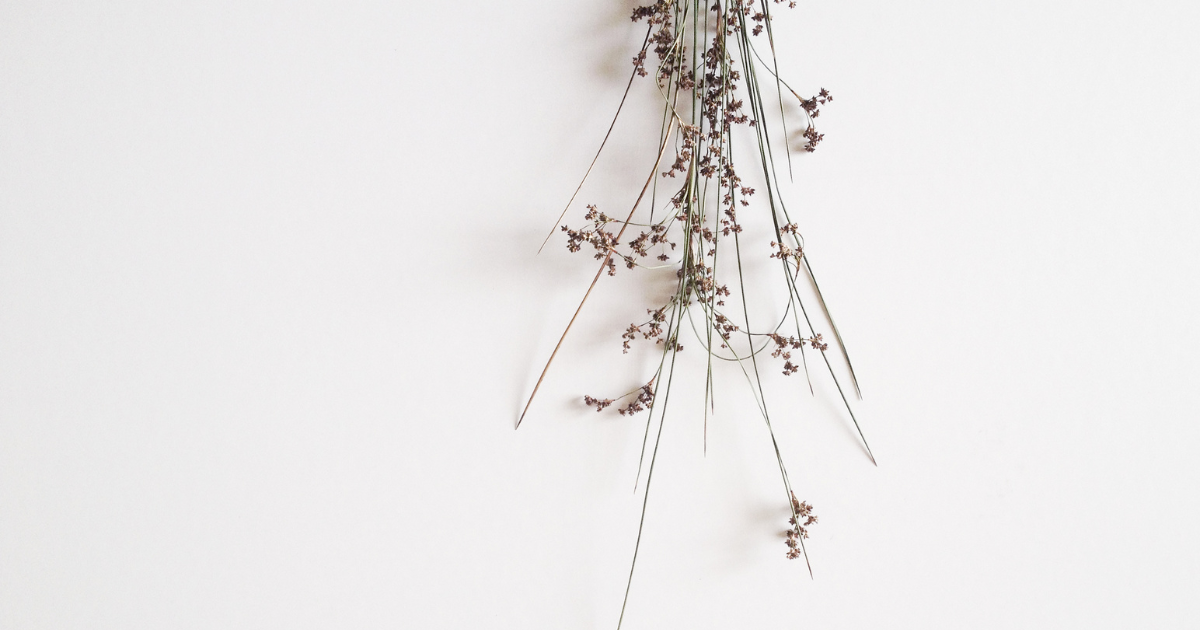
What is Holistic Medicine?
Holistic medicine is a complementary approach to traditional Western medicine that considers the whole person – mind, body, and spirit – in the quest for optimal health and well-being. Holistic practitioners aim to treat the root cause of a health issue, rather than simply relieving symptoms, and believe that the body has an innate ability to heal itself.
Many people resort to traditional drugs and medicines to cure a specific ailment, and in some cases, this is necessary. What we’ve found over the years is that a holistic approach to curing your problems may be the perfect way to naturally overcome many of the symptoms you may be experiencing.
There are many different routes to take when looking into alternative medicine techniques. In this article, we will explore some of the most popular forms of holistic medicine and how they work to improve the lives of people around the globe. These techniques are broken down into several categories, including traditional alternative medicine, diet and herbs, mind exercises, energy healing, body movements, and sensual experimentation.
Let’s dive right in!
What is traditional alternative medicine?
Traditional alternative medicine is a type of medical practice that uses ancient methods and remedies to treat various health conditions. It often involves the use of natural substances, such as herbs, roots, and other plant-based remedies to help heal the body. Other alternative medicine techniques include acupuncture, naturopathy, ayurveda, homeopathy, and Chinese medicine. These remedies are typically passed down through the generations, and they are based on a set of beliefs that have been developed over centuries of trial and error.

From a historical standpoint, traditional alternative medicine has a rich and fascinating background that spans many cultures and continents. In many cultures, traditional alternative medicine was considered to be just as important as conventional medicine, and it was often used in conjunction with other forms of medical care.
For example, traditional healers in ancient times (dating as far back as 3000 years ago), would utilize Chinese medicine to help their communities heal. Acupuncture and tai chi are two widely popular Chinese medicine techniques. The former consists of inserting needles into one’s back to relieve certain pressures while the latter focuses on defense training and meditation of the mind.
How do dieting & herbs play a role in alternative medicine?
Diet and herbs play a crucial role in traditional alternative medicine. Alternative practitioners often emphasize the importance of nutrition and the role that food can play in promoting health and preventing disease. A healthy diet is often seen as one of the cornerstones of good health, and alternative practitioners may recommend specific dietary changes to help treat various health conditions.
For example, alternative medicine practitioners may suggest avoiding certain foods/beverages and ingredients that are believed to be harmful, such as:
- Trans fat
- Processed foods
- Sodium-rich food
- Hydrogenated oils
- Foods high in sugar
- Non-sugar sweeteners
- Food with preservatives
- High fructose corn syrup
- Drinks with added flavors
- Snacks with dyes & colors

Herbs are also an important part of traditional alternative medicine, and they are often used in conjunction with other techniques. Herbs have been used for thousands of years to help with everything from digestive issues to skin problems, and they are considered to be a safe and effective form of alternative care. Alternative practitioners may recommend the use of specific herbs, or they may recommend herbal blends that are designed to treat specific health conditions.
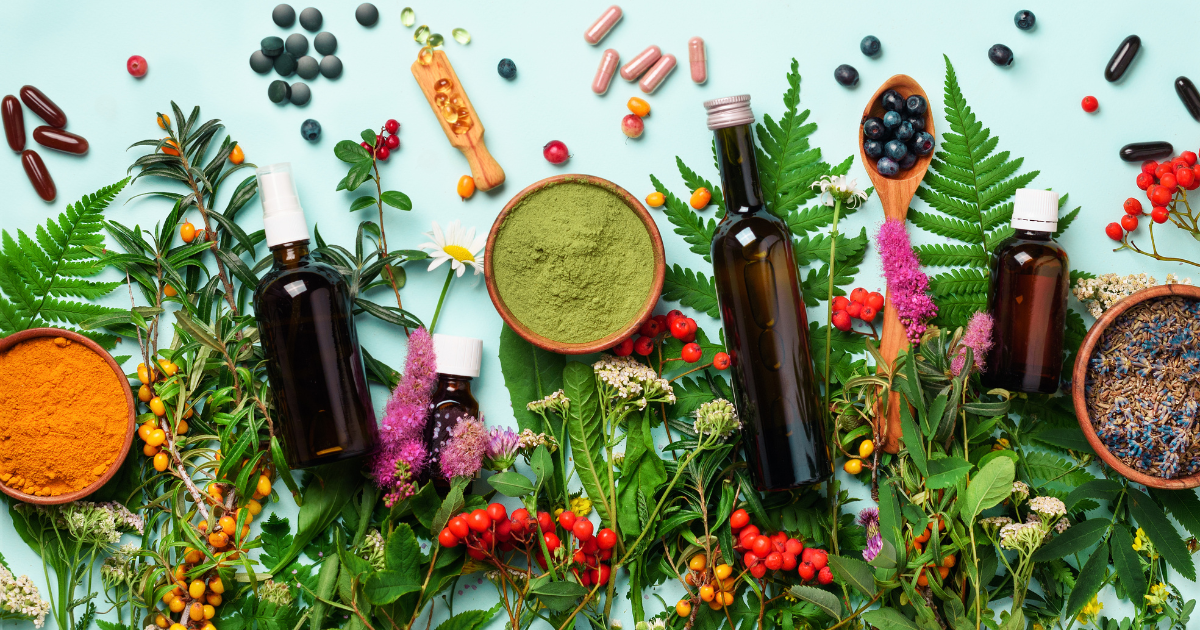
Some of the most popular herbs and supplements include:
- Gingko biloba
- Ginseng
- Saw palmetto
- Echinacea
- Green tea
- Grape seed extract
- Black seed oil
- Milk thistle
- Tea tree oil
- Turmeric
- Cinnamon
- Valerian
We all remember when our grandmothers would tell us, “Sweetie, take this magical recipe and you’ll be A-okay in no time!” These secret recipes often involve the use of herbs to help you get over that childhood cold, sore throat, stomach ache, and more. This is especially true if you grew up in a cultured and traditional family who preserved generational secrets that were passed down from ancestors. All in all, dieting and herbs play a crucial role in the world of alternative medicine and it’s definitely one of the most popular techniques used by people in every corner of the world.
What are mind exercises and how can they help?
The connection between the mind and body is critical in one’s well-being. In traditional alternative medicine, mind exercises such as meditation, visualization, and mindfulness are often used to promote mental and emotional well-being. These exercises are believed to help in many ways, such as:
- Worrying less
- Reducing stress
- Calming the mind
- Eliminating blockages
- Lowering anxiety levels
- Getting rid of depressive thoughts
- Promoting a sense of inner peace and balance
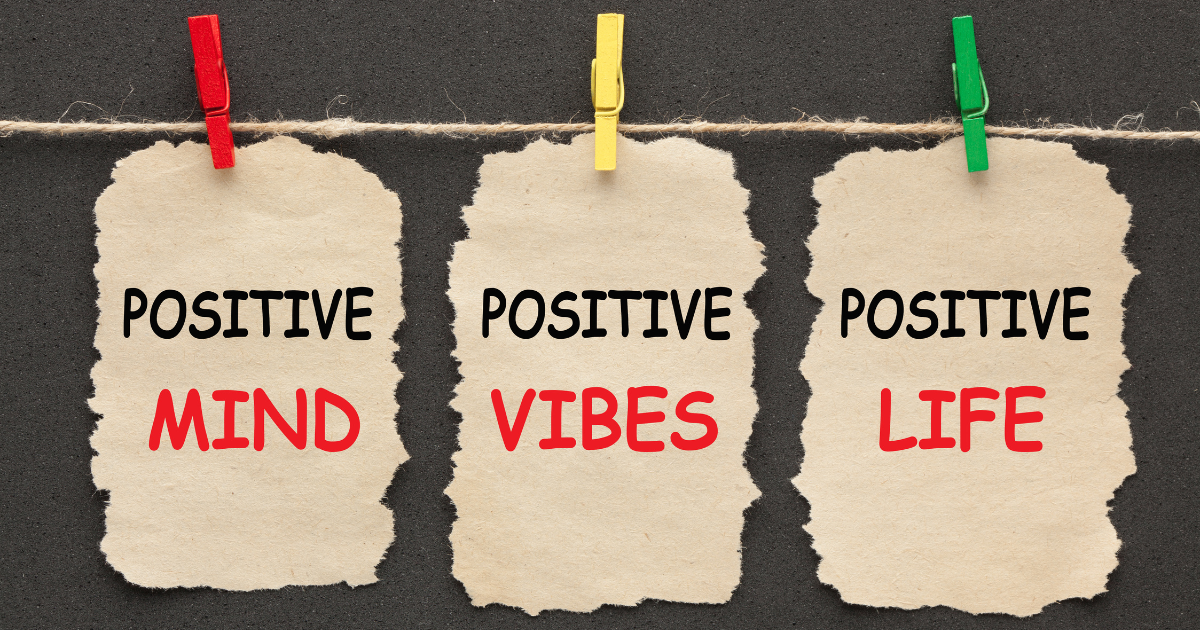
One of the best ways to achieve these outcomes is meditation. Meditation is a practice that has been used for thousands of years to help promote mental and emotional well-being. There are many different forms of meditation, each with its own unique approach and focus.
Some of the most popular forms of meditation include:
- Mindfulness Meditation: This type of meditation involves focusing on the present moment and observing thoughts and feelings without judgment.
- Transcendental Meditation: This type of meditation involves the use of a mantra or sound to help quiet the mind and achieve a state of deep relaxation.
- Loving-Kindness Meditation: This type of meditation involves focusing on feelings of love and compassion for oneself and others.
- Yoga Meditation: This type of meditation combines physical postures, breathing exercises, and meditation to promote physical and mental health.
- Zazen Meditation: This type of meditation is a form of Zen Buddhism that involves sitting in a specific posture and focusing on the breath to achieve a state of mindfulness.
- Body Scan Meditation: This type of meditation involves focusing on each part of the body, from the toes to the head, to achieve a state of relaxation and stress relief.
- Chakra Meditation: This type of meditation involves focusing on the seven energy centers, or chakras, in the body to promote physical, emotional, and spiritual well-being.
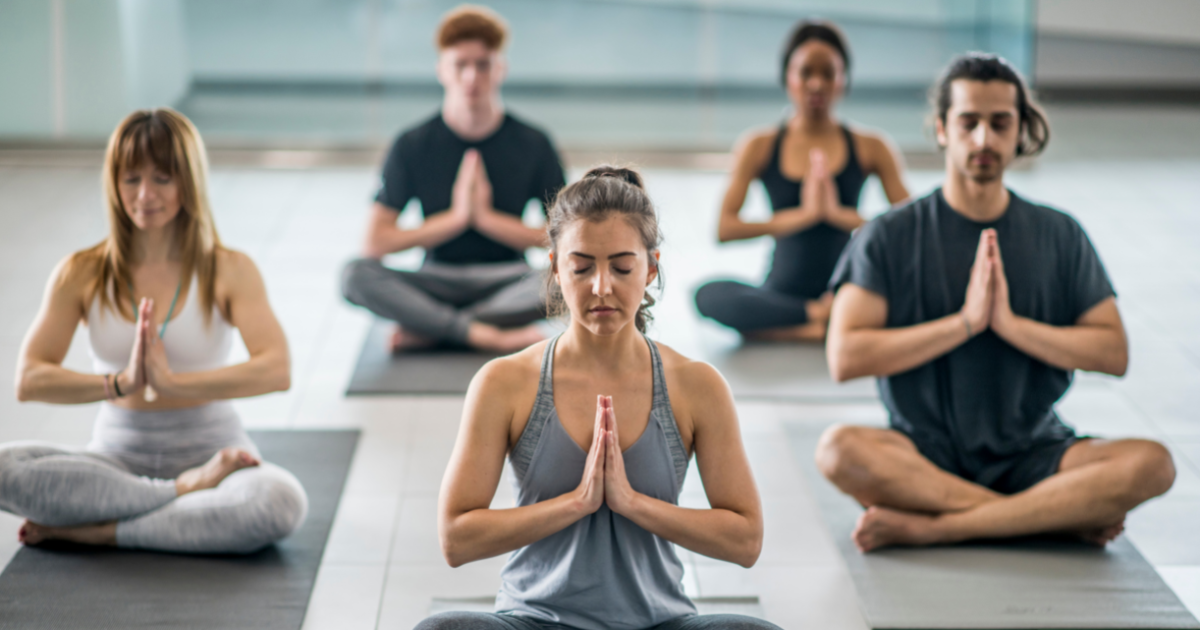
Visualization is a technique that involves using the imagination to create mental images and promote positive outcomes. For example, a person may visualize themselves in a calm and relaxed state, or they may visualize a successful outcome for a difficult situation. This promotes a healthy mind, clear of negative thoughts or emotions.
The idea behind visualization is that by imagining a desired outcome, you can tap into your subconscious mind and influence your thoughts, feelings, and behaviors in a positive way. For example, a person may visualize themselves in a calm and relaxed state, or they may visualize a successful outcome for a difficult situation.
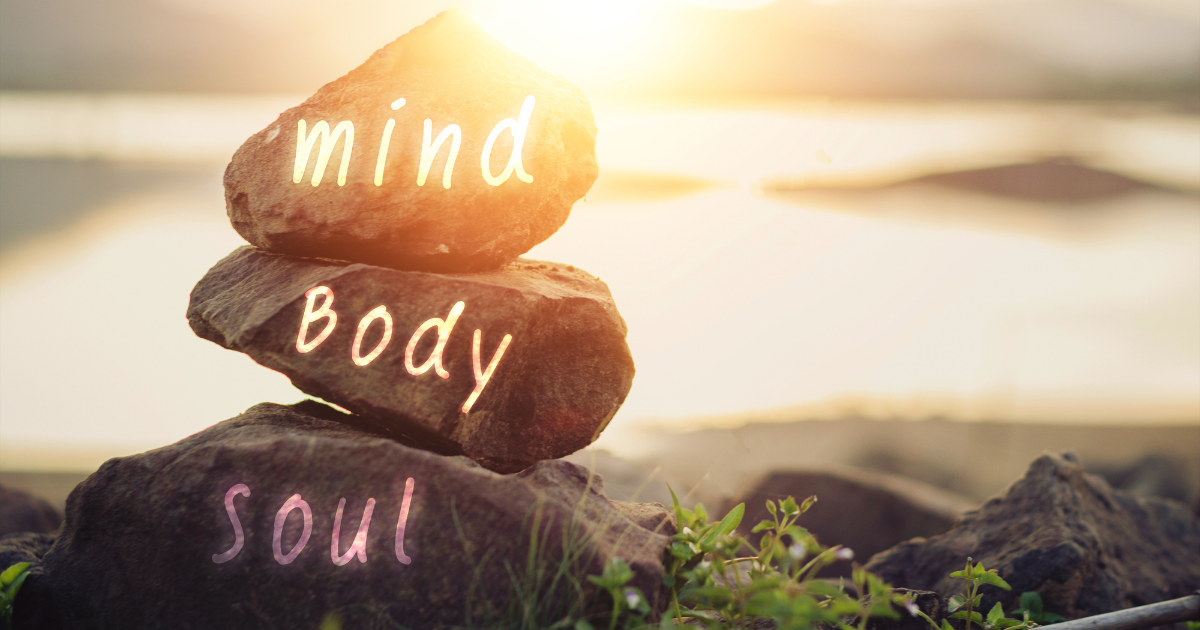
All of this ties into mindfulness as well. It is simply the practice of being present and fully engaged in the moment. It involves paying attention to one’s thoughts, feelings, and sensations, and accepting them without judgment. This can be achieved through mindfulness meditation, or through simple activities like mindful breathing, or mindfulness-based stress reduction (MBSR).
Many people swear by mind exercises, especially during rough times or difficult moments where they need to perform. After years of experience in the alternative medicine space, these techniques of meditation, visualization and mindfulness have worked wonders for thousands of clients.Feel free to contact Dr. Guita Balakhane in regards to any questions you may have regarding alternative medicine.
What is energy healing and what can it do for me?
Energy healing is a form of supplementary therapy that includes tinkering with the body’s energy field in order to improve overall health—physically, mentally, and emotionally. It has its roots in age-old spiritual practices like acupuncture and Reiki, but it has become more and more well-known in recent years due to its numerous, validated advantages.
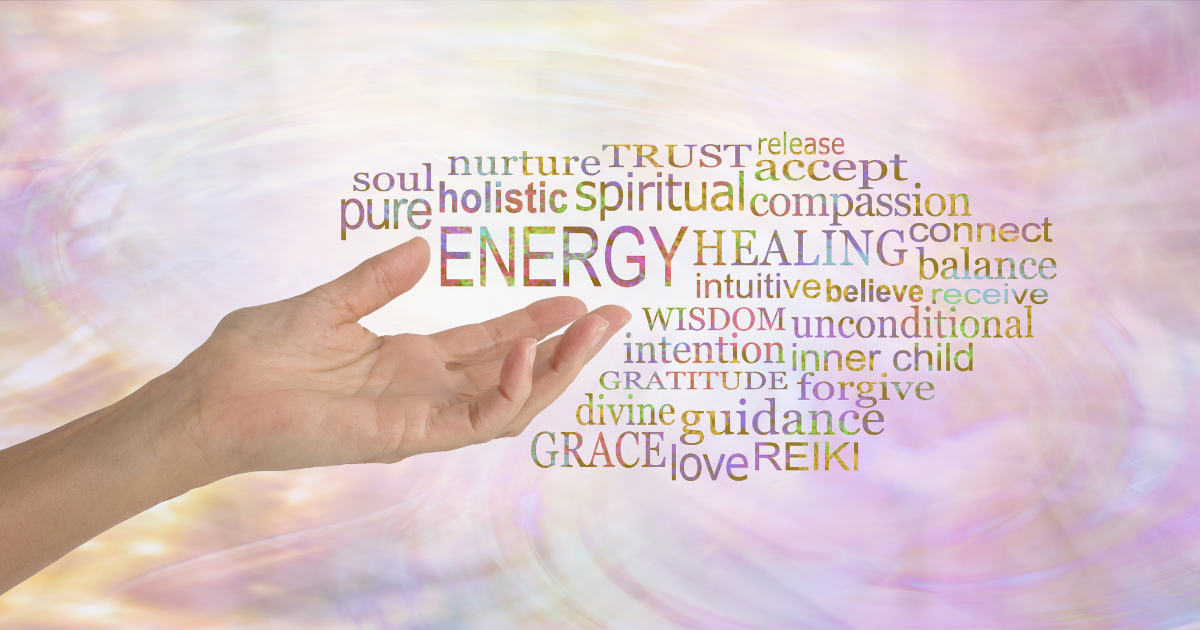
The potential of energy healing to lessen tension and anxiety is one of its key advantages. Energy healing can assist in calming the nervous system and releasing tension from the body by attempting to balance the body’s energy field. This may result in a general uptick in mood and a decrease in the signs and symptoms of stress and anxiety. Energy field blockages, which can lead to pain and discomfort, are removed during energy healing. It’s a powerful substitute for conventional pain treatment methods since it helps to balance everything out and attempts to reduce or eliminate physical pain.
Another benefit of energy healing is that it can aid with spiritual health. It can assist in establishing a person’s connection to their inner self by attempting to balance the body’s energy field. This can foster self-awareness, spiritual development, and a better understanding of oneself. Practicing energy healing with a practitioner can lead to many positive outcomes, many of which seem unachievable in the beginning, but become more and more real as you go deeper into the rabbit hole. You may consider contacting Dr. Guita Balakhane to set up an energy healing consultation.
Which kinds of body movements can aid me on my holistic journey?
The flow of energy within the body needs to be balanced and circulated, which is why body movements are so important in holistic energy practices. Numerous body motions have been created, ranging from qigong to yoga and tai chi, to improve overall well-being and encourage a sense of balance and relaxation.
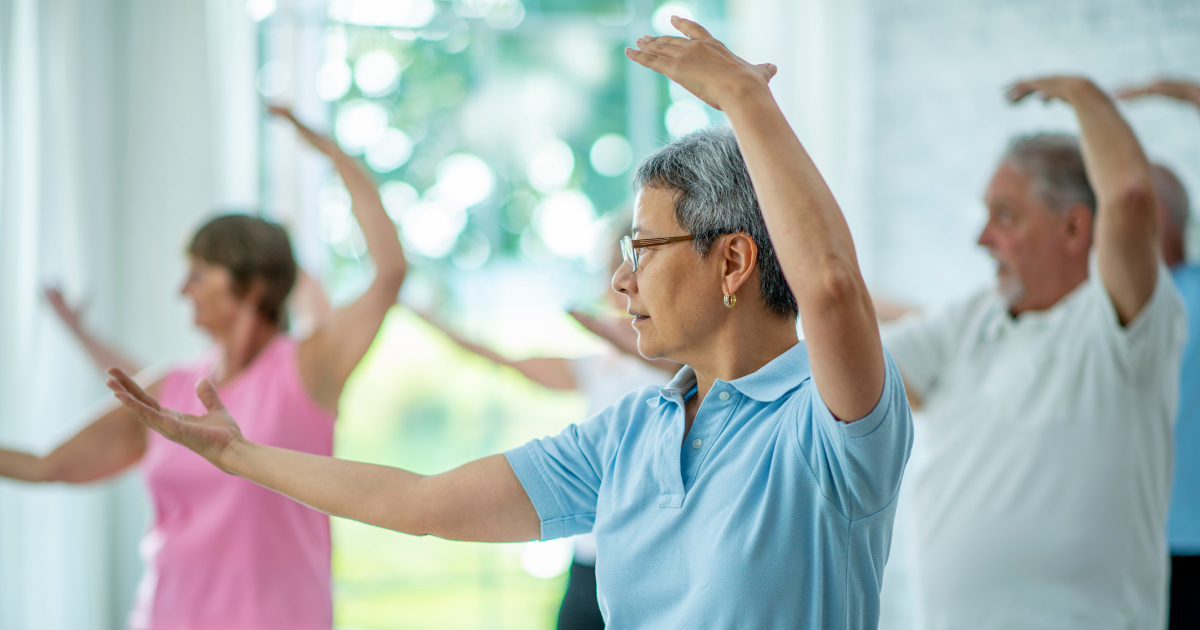
One of the most important advantages of body movements is that they can enhance physical health by boosting circulation, alleviating tension and stiffness, and enhancing flexibility. Because obstructions in the body’s energy pathways can result in discomfort, agony, and even illness, this is very crucial. Practitioners can assist in clearing these pathways by practicing in relaxing and circulation-enhancing motions, which can result in more energy and less stress.
Tai chi is a well known activity that uses bodily movements to create holistic energy. The gentle, fluid motions of this traditional Chinese martial art are renowned for encouraging balance, tranquility, and inner harmony. The practice of tai chi can assist to build internal energy, enhance mental clarity, and lessen stress by focusing on your breath and flowing motions.
Qigong is another Chinese practice that blends physical motions with breathing exercises to enhance general wellbeing. Qigong practitioners can concentrate on the flow of energy within the body because the motions are intended to be slow and regulated. This attention can aid in fostering inner calm and relaxation as well as lowering stress and anxiety.
Finally, yoga is yet another effective method for advancing holistic energy practices. Yoga postures are created to encourage circulation, flexibility, and balance. They can also aid in developing attention and concentration. Yoga can assist in balancing the body’s energies and fostering general well-being by fusing physical postures with breathing exercises.

Overall, body movements play a crucial role in holistic energy practices. Whether you are practicing yoga, tai chi, or qigong, incorporating intentional movements into your routine can help improve physical health, reduce stress, and cultivate a sense of balance and relaxation. A consultation with a licensed practitioner and medical doctor like Dr. Guita Balakhane may be the missing link in your journey of holistic healing. Consider a consultation today.
What is sensual experimentation and what are the benefits?
Sensual experimentation is the process of learning about your body’s responses to various sensations and how to use these responses to improve your overall energy flow. Practices like deep breathing exercises, meditation, and soft touch or massage can be used to achieve this. This kind of bodily exploration can teach you how to spot and remove energy flow obstructions, which can assist to advance general health and wellbeing.

Increased self- and body-awareness is one of the main advantages of sensory experimentation. This alone can help you gain a better knowledge of how your body responds to various stimuli and how you can use these responses to enhance your energy flow. This self-awareness can also help you identify areas of tension or discomfort.
Sensual experimenting also helps people feel less stressed and anxious, which is a significant component. Discovering how to relax and let go of tension can help to reduce stress and foster a sense of serenity. This can be done by paying attention to your body and how it responds. It offers a natural, non-invasive alternative to address these symptoms, which can be especially helpful for people who battle anxiety or stress-related disorders.
It’s crucial to go into sensory experimentation with an open mind and a willingness to experiment. It’s also crucial to take care of yourself and pay attention to your body since it will let you know what is best for you. The key is to experiment and find what works best for you and your body.
If you’re interested in exploring sensual experimentation as part of your holistic energy practice, be open-minded, listen to your body, and approach it with care and self-awareness. A consultation with Dr. Guita Balakhane can help kickstart your sensual experimentation journey, so consider reaching out today!
Concluding Thoughts
Holistic medicine offers a unique approach to healthcare that emphasizes the interconnectedness of the mind, body, and spirit. By utilizing techniques such as traditional alternative medicine, diet and herbs, mind exercises, energy healing, body movements, and sensual experimentation, holistic medicine aims to address the root cause of an illness or condition, rather than just treating its symptoms.
These techniques can be used to promote overall health and well-being, and can be especially helpful for those seeking non-invasive, natural solutions to their health problems. Whether you’re dealing with a specific health condition or simply looking to improve your overall sense of well-being, incorporating holistic medicine techniques into your routine can have a profound impact on your life. Contact Dr. Guita Balakhane today for a holistic consultation.
